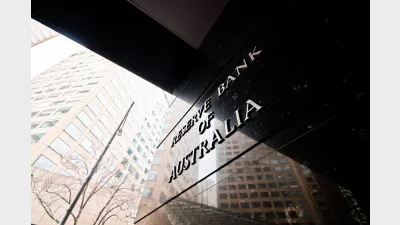Super funds rose 2.2% in May



Superannuation funds rose in May for the second consecutive month as the median growth fund (61% to 80% in growth assets) rose 2.2% thanks to share markets rallying, according to Chant West data.
The research house estimated that the financial year returns would sit at zero mid-way through the month and a positive year was a possibility for super funds. It said a final result that was close to flat would be an “excellent outcome” given volatility caused by COVID-19.
Chant West senior investment research manager, Mano Mohankumar, said the share market rallied as investors grew more optimistic around COVID-19 infection curves flattening globally, gradual social distancing restrictions easing and economies starting to reopen.
“These signs, together with the liquidity being pumped into the system by central banks, provided some relief after the beating share markets took in February and March,” he said.
“The rally continued into June but has shown some signs of wavering following the US Federal Reserve’s grim outlook for the US economy and concern about a possible second wave of COVID-19 infections.”
Mohankumar noted that diversification was one of the key reasons funds appeared to head for a better than expected result.
He said funds managed well-diversified portfolios invested across a wide range of growth and defensive asset sectors, including a meaningful allocation to unlisted and alternative assets.
“That diversification works to cushion the impact during periods of share market weakness. At the same time, with a sizeable allocation of about 57% to listed shares and listed investments in infrastructure and property, funds are able to capture most of the upside when markets turn positive,” he said.
“While this financial year’s result may still finish in the red, it’s important to remember that funds have had an unprecedented run since the Global Financial Crisis (GFC), returning an impressive 8.4% per annum since the GFC low point in early 2009. That is well ahead of the typical return objective which translates to about 5.5% per annum over the same period.”
The research house noted that even if the current financial year finished in negative territory, it would only be the fourth negative year in 28 – an average one every seven years. It said the typical risk objective for growth funds was no more than one negative year in five.
Since the introduction of compulsory super in 1992 the median growth fund has returned 8% per annum.
Recommended for you
Super trustees need to be prepared for the potential that the AI rise could cause billions of assets to shift in superannuation, according to an academic from the University of Technology Sydney.
AMP’s superannuation business has returned to outflows in the third quarter of 2025 after reporting its first positive cash flow since 2017 last quarter.
The major changes to the proposed $3 million super tax legislation have been welcomed across the superannuation industry.
In holding the cash rate steady in September, the RBA has judged that policy remains restrictive even as housing and credit growth gather pace.









